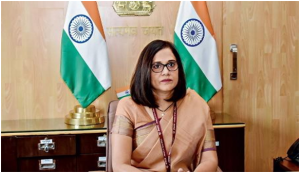
BY JAYA VARMA SINHA
(EX CEO & CHAIRMAN RAILWAY BOARD)
NEW DELHI | 10 JUNE 2025
On a clear June day, draped in marigold flowers and national pride, the Vande Bharat Express began its maiden journey from Shri Mata Vaishno Devi Katra to Srinagar. Flagged off by Prime Minister Narendra Modi, the moment marked more than the launch of a high-speed train. It was the culmination of a century-old dream—one forged in steel, vision, and unyielding resolve. The rail unification of Kashmir with the rest of India is that resolve. It is evident on the happy faces of the people travelling on the train.
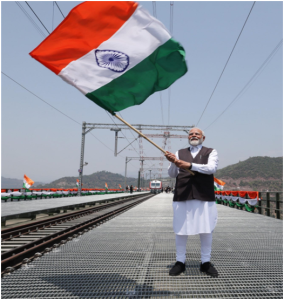
Train to Kashmir with an ultra modern travel experience runs on the solid foundation of our engineers. Cutting short the travel time, high speed Vande Bharat trains are running twice a day, six times a week from both sides. They are not only bringing much needed push for the local economic development in the valley but are also proving out to be a boon for the tourists from across the country. The picturesque journey with ultra modern comforts in such a short time of three hours vis a vis road journey of six to seven hours has truly unified hilly Kashmir with the rest of India in all weathers for us.
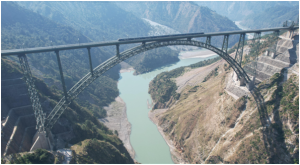
For decades, Kashmir’s story has been told through the lens of conflict and remoteness. It’s heartening to see it being rewritten in the language of infrastructure – bridges, tunnels, and rail lines threading their way through the mountains. Coming on the eve of 11 years of Prime Minister Shri Narendra Modi’s governance at the centre, the special trains and the connecting link are all set to change the destiny of locals in Kashmir.
In its 172-year history of service to the nation, Indian Railways has proudly crossed many important milestones. Generations of dedicated railway men and women have toiled to make connectivity and carriage a daily reality. But to paraphrase a line from an iconic Indian advertisement: Indian Railways doesn’t just build tracks—it also knits the fabric of national unity!
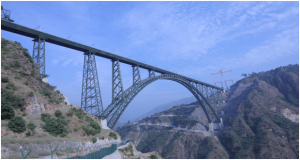
From Isolation to Integration:
Historically, Kashmir’s isolation was more than metaphorical—it was geographic and punishingly real. Tucked high in the Himalayas and routinely cut off by snow for days, the region remained distant not just in reach but even experience. Roads were often treacherous, air travel limited, and full rail connectivity a mirage long promised.
A British-era proposal for a Kashmir rail link remained on the drawing board for decades, hindered by complex geopolitical challenges. After countless rounds of deliberations, feasibility studies, technical evaluations, and consultations with both domestic and international experts, the Udhampur–Srinagar–Baramulla Rail Link (USBRL) was officially sanctioned in 1994. While the northern and southern sections progressed steadily and were effectively completed within a decade, the central stretch—from Katra to Banihal—posed an engineering and security challenge of Himalayan proportions.

For years, the rail line lingered as two disconnected segments—like outstretched hands reaching across a chasm of mountains. But that chasm symbolized more than just physical terrain. The final push to complete the USBRL project came when the government declared it a national priority. With firm resolve and cutting-edge technology working in tandem, the project finally saw light at the end of the tunnel—quite literally. As Railway Minister Ashwini Vaishnaw aptly remarked, this was far more than a transportation initiative; it was a nation-building effort.
Where Steel Defies the Sky
The USBRL project may well be the most ambitious rail initiative since Independence. The 272-km stretch between Udhampur and Baramulla snakes through 40 tunnels and over 900 bridges. And at the center of it all is the record-breaking Chenab Bridge – the tallest railway bridge in the world, standing 359 meters above the riverbed. This marvel of engineering is capable of withstanding wind speeds upto 260 kmph and tremors of seismic zone-V. Beside it stands the Anji Khad Bridge, India’s first cable-stayed railway bridge, stretching asymmetrically across a valley, anchored by a single pylon and supported by 96 cables.
Tunnels, including the 11-kilometer-long T-80 (Banihal – Qazigund) tunnel through the Pir Panjal range, have been carved through fragile rock with a mix of dynamite and human grit.
Physical Surveys were done on horseback, while drones and satellite imaging provided aerial support. Workers labored through harsh winters, sudden landslides, and the looming threat of Pak-sponsored terrorist attacks.
Today, more than 190 km of tunnels and thousands of tons of steel later, the line stands complete – a feat that combines precision engineering with a certain audacity of vision, linking the Valley to the rest of the nation in a way that is profoundly symbolic.
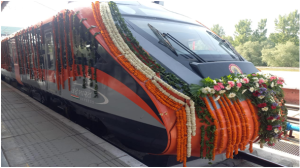
A Train Called Hope:
In many ways, the Vande Bharat Express is not just a train—it is a metaphor. It glides quietly through meadows and valleys, bridging distances both physical and psychological, proclaiming that Kashmir is no longer distant!
It has reduced travel time between Srinagar and Katra to just over three hours, down from nearly six. What was once a treacherous road journey through landslide-prone hairpin bends and unpredictable weather, is now a smooth ride through tunnels and bridges that defy belief.
It connects not only cities, but lives. Children in far-off villages are now talking about universities in Jammu and Delhi. Local artisans, apple growers, and carpet weavers now see their goods reaching markets beyond the valley – fresher, faster, further.
“Where there were once checkpoints and delays,” said a young shopkeeper in Srinagar, “there is now the sound of a train. It feels like we’re no longer waiting for the rest of the country to arrive—we are moving with it.”
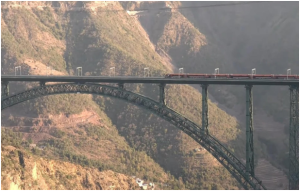
A New Journey, Still Unfolding:
This is not to suggest that one train will solve Kashmir’s complex problems. Infrastructure cannot erase history or immediately heal wounds – security concerns will need addressing yet. But it can open doors—both literal and symbolic. And it can lay the groundwork for integration that is economic, social, and, ultimately, emotional.
What began as a dream on drawing boards in colonial offices has become a reality on steel rails blending with Himalayan rock. The rail line to Kashmir is the story of a country that refused to be daunted by terrain, terror, or time.
From mountain shadows to sunlit stations, a new journey has begun!

Advertisement:

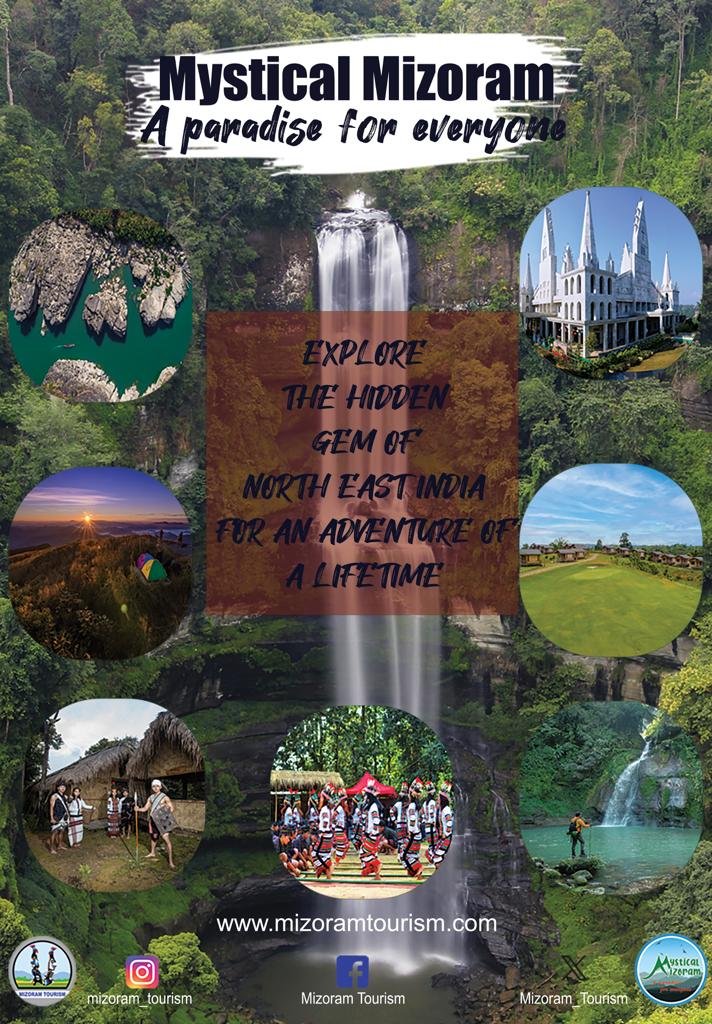
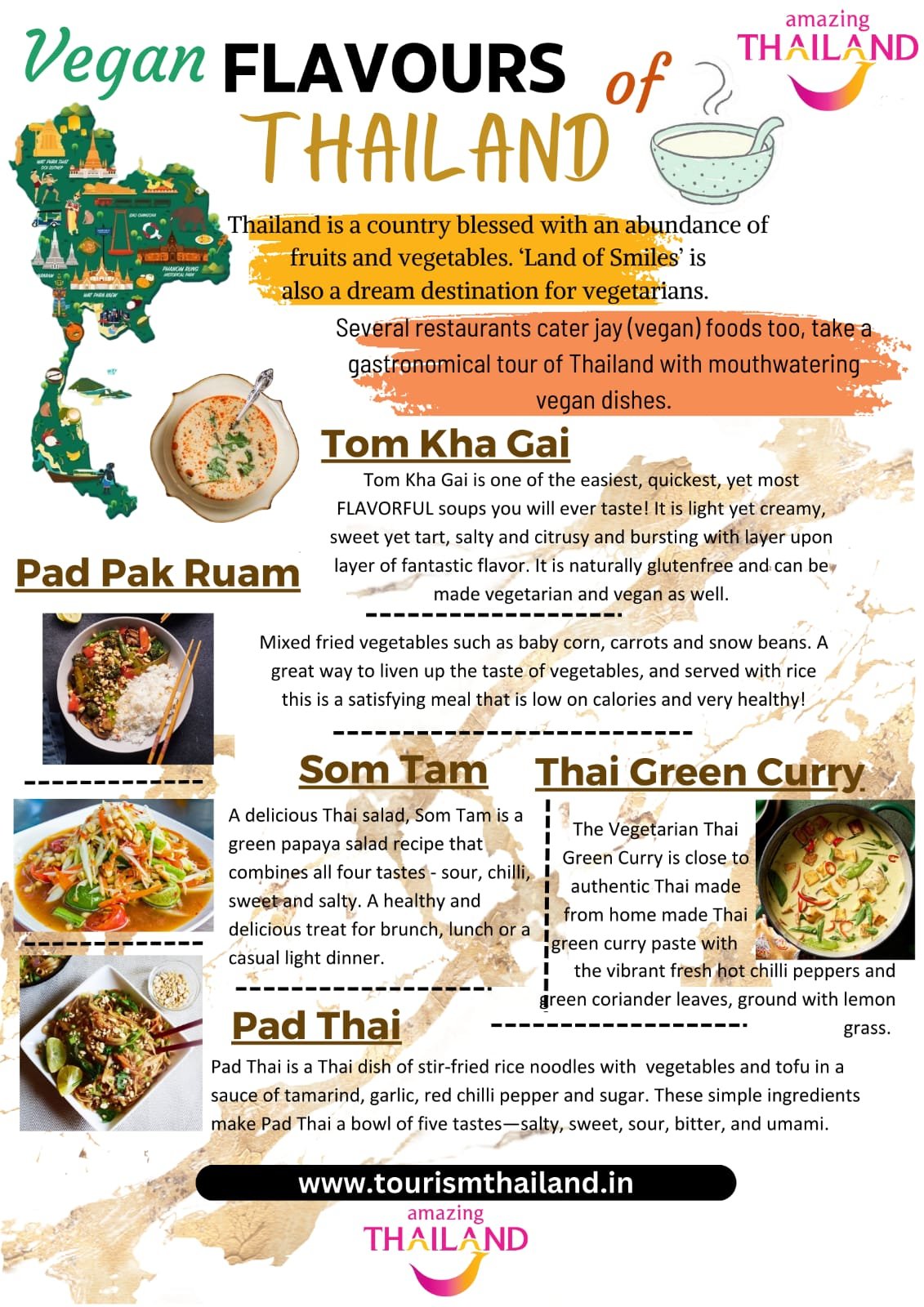
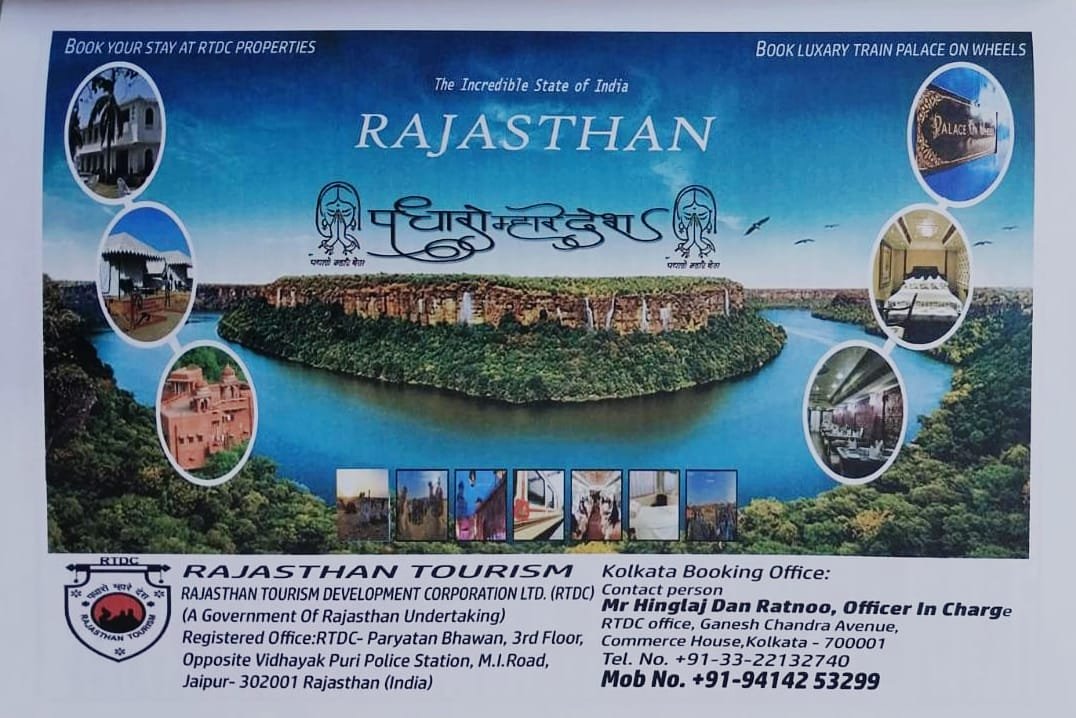

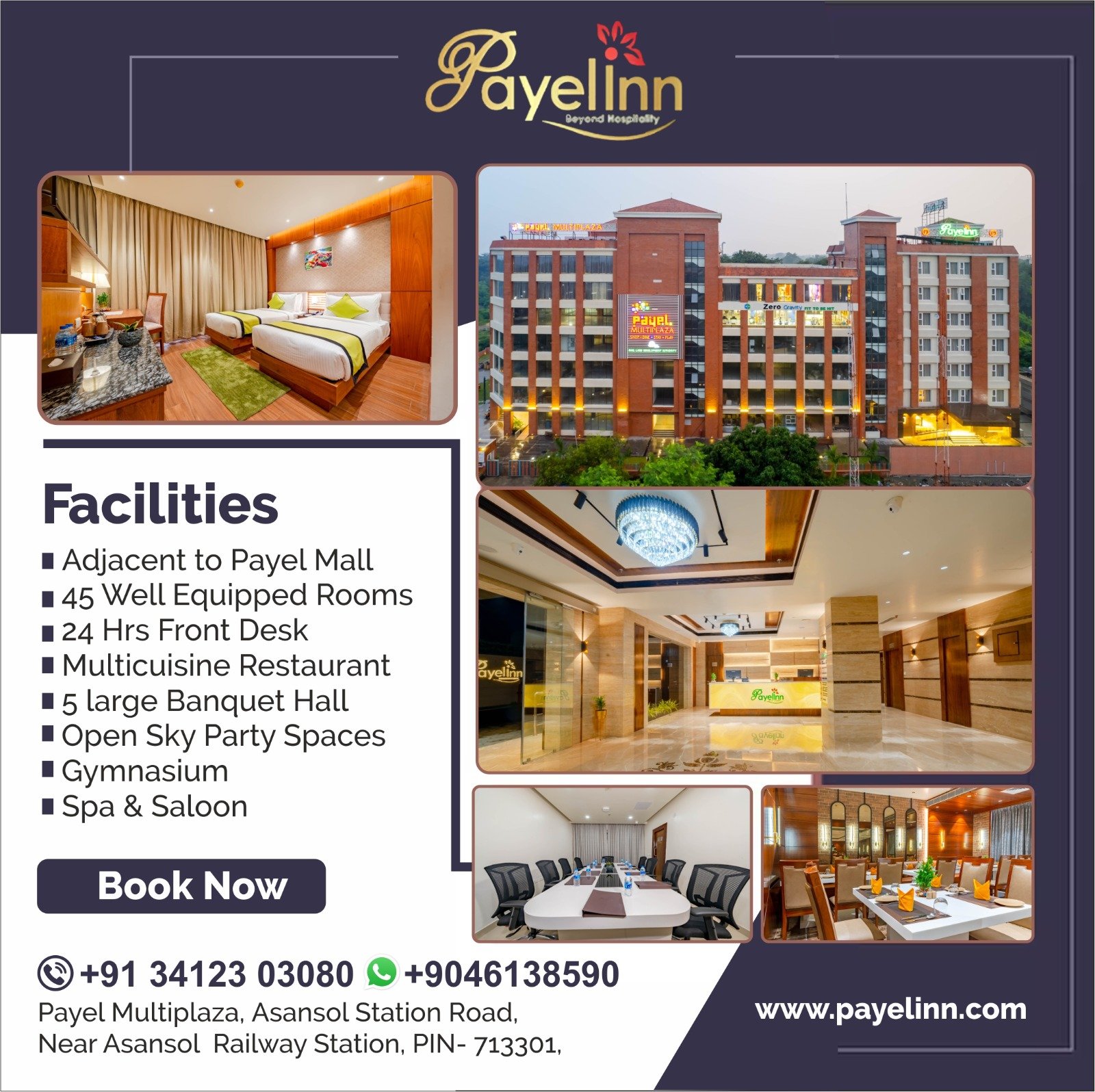


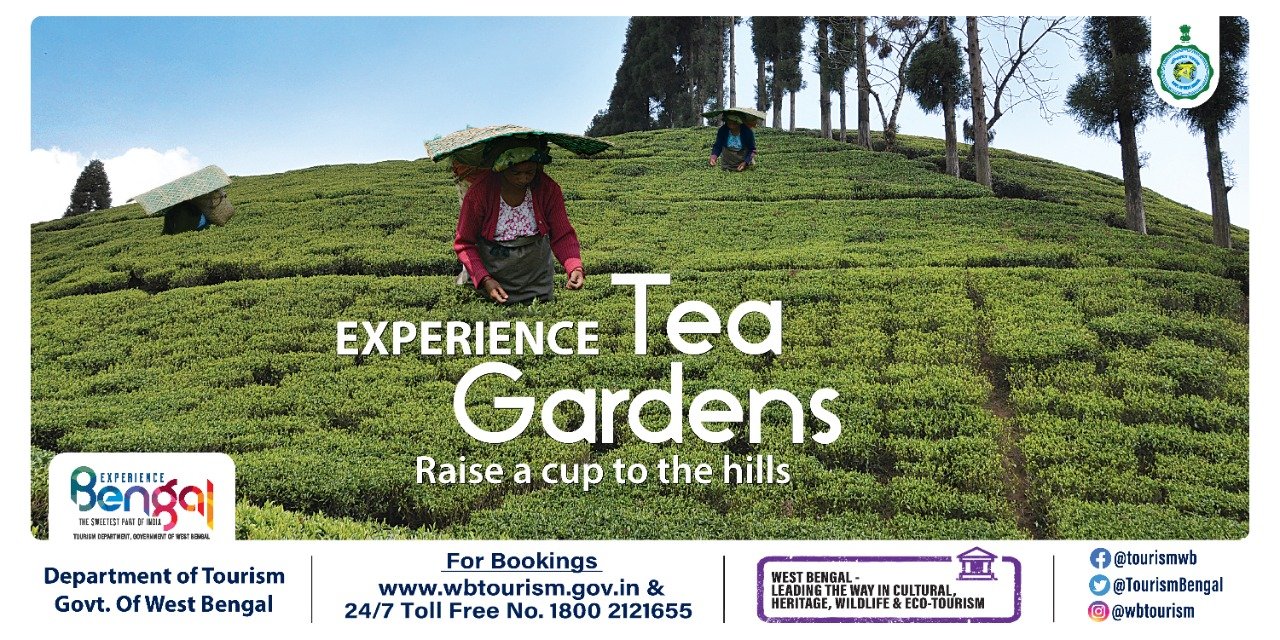



















Add Comment